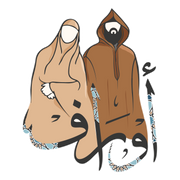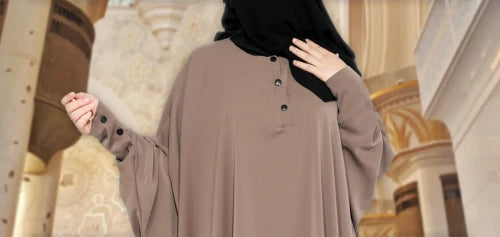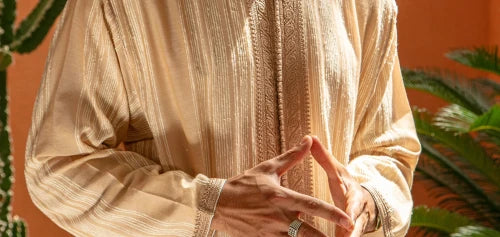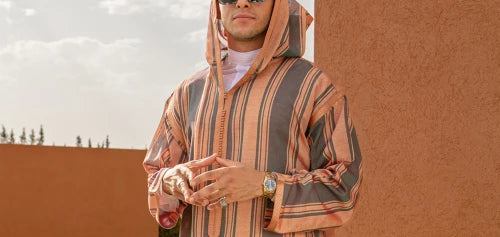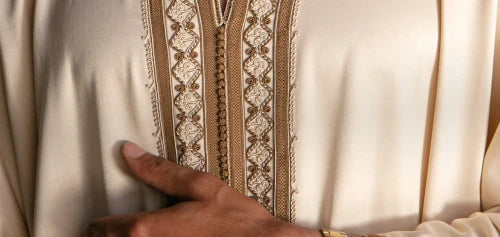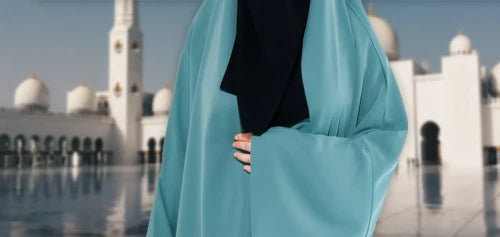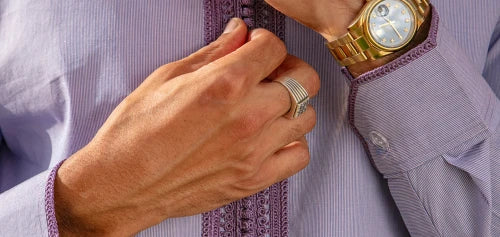Notre blog

Introducing Awraaf Rewards: The Loyalty Program That Gives Back
At Awraaf, we’ve always believed that our customers are at the heart of everything we do. Whether you’re shopping for a Moroccan Abaya, a Caftan, or simply browsing through our handpicked modestwea...

Your Ramadan Prayers with Our Soft Thick Embossed Prayer Rugs
A Gift of Comfort and Spirituality This Ramadan
Ramadan is a time of reflection, devotion, and strengthening our connection with Allah. As we dedicate ourselves to prayer and worship throughout thi...
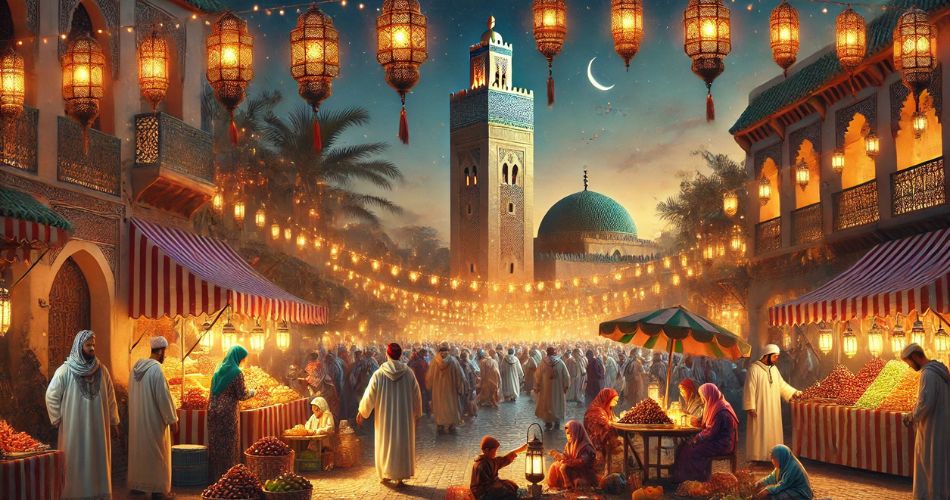
Ramadan in Morocco: A Month of Faith, Family, and Tradition
The Essence of Ramadan in Morocco
Ramadan is a deeply spiritual time for Moroccans, marked by devotion, self-discipline, and a strong sense of community. From the moment the crescent moon is sighte...
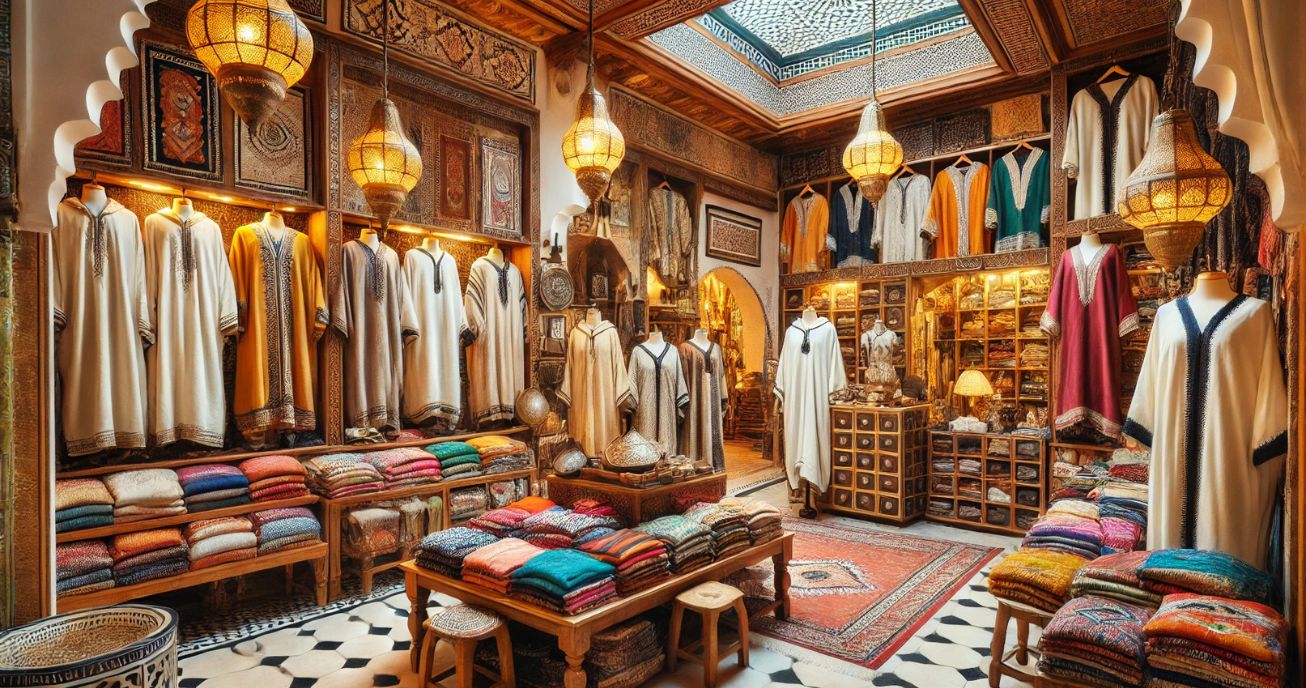
Shop Owners: Get Ready for Ramadan Shoppers by Stocking Moroccan Djellabas
Preparing Your Shop for Ramadan: The Demand for Moroccan Djellabas
With Ramadan approaching, shop owners in the Islamic clothing industry have a golden opportunity to prepare for one of the busiest...
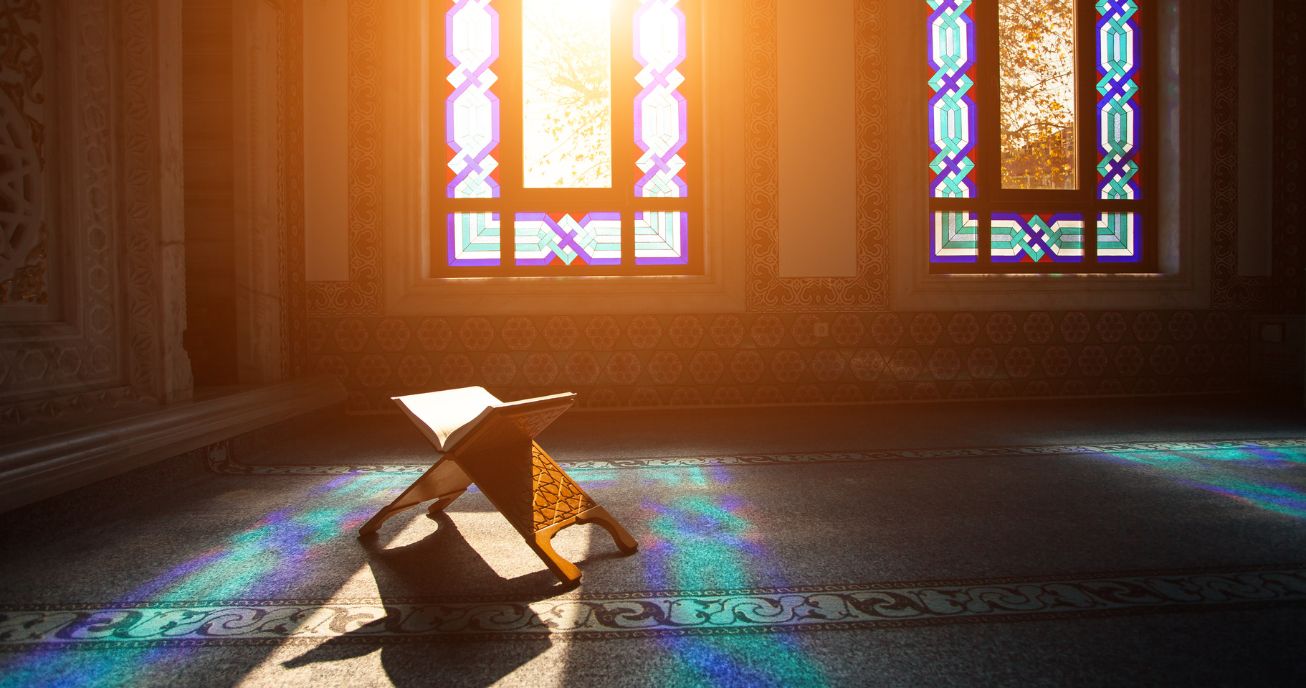
The Importance of Language, Faith, and Tradition in Moroccan Fashion
Bridging Faith, Language, and Tradition
Morocco, a land rich in culture and history, is a testament to how deeply faith, language, and tradition can intertwine to create something truly unique. At ...
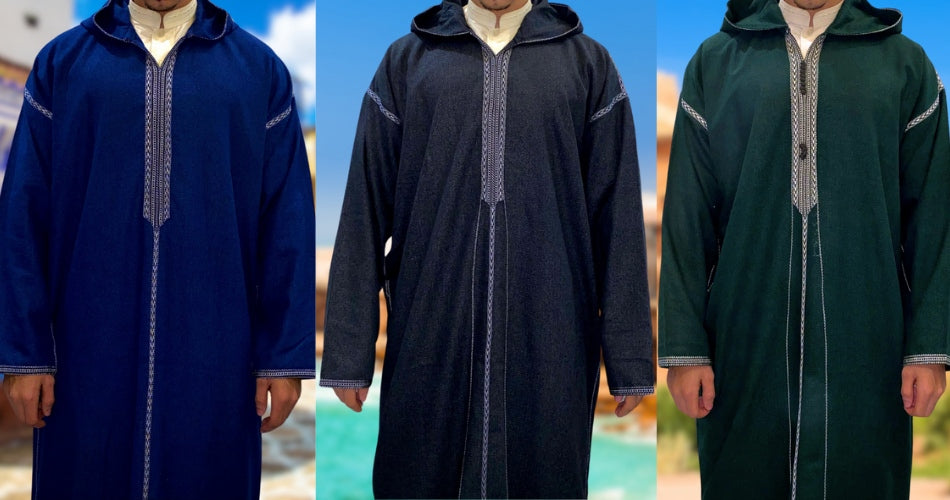
Your Trusted Source for Moroccan Djellaba Wholesalers
The Growing Demand for Moroccan Djellabas
Moroccan Djellabas stand out as one of the most sought-after garments not only in Muslim World but also in global modest fashion market in general. Their f...
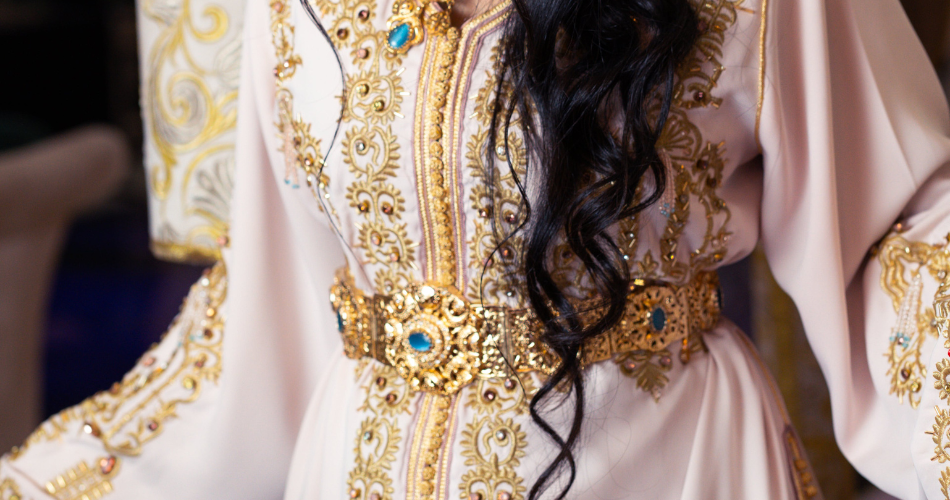
The Moroccan Mdama Belt: A Symbol of Tradition and Elegance
As part of our Awaraaf 'Moroccan Cultural Attire Explained' series, we explore the Mdama, a traditional Moroccan belt that has stood the test of time. The Mdama is not just an accessory; it carrie...
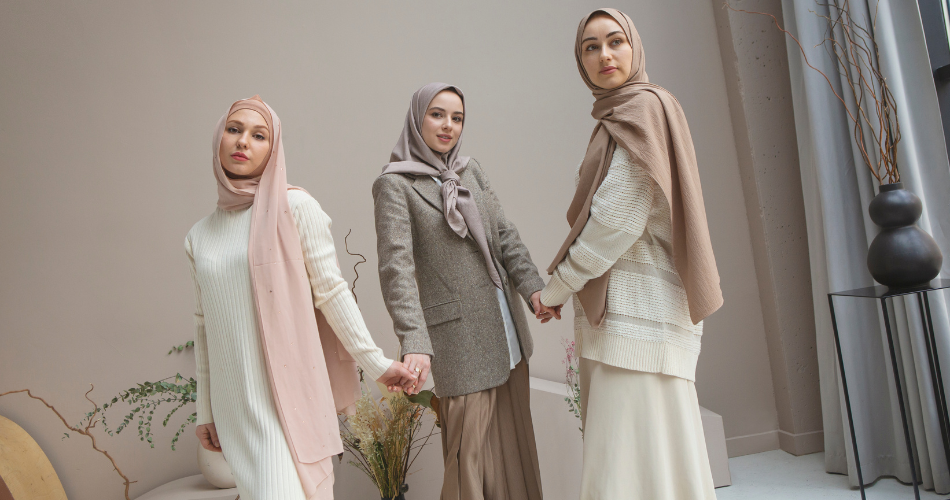
Blending Tradition with Trend: How Modern Abayas are Redefining Modest Fashion
The abaya has been a timeless staple in modest fashion, representing cultural identity and religious values. In recent years, designers have redefined the abaya by blending traditional elements wi...
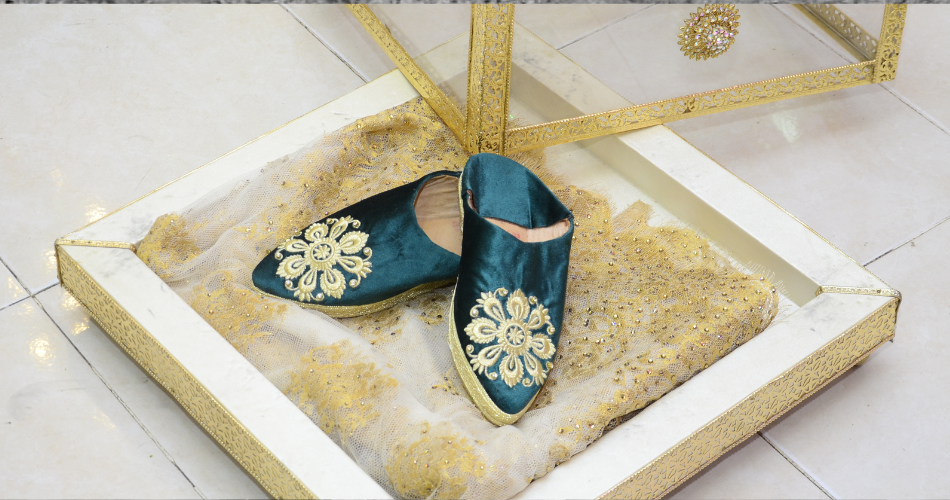
The Famous Moroccan Balgha: A Timeless Tradition
From its vibrant cities to the intricate artistry of its embroidery and leatherwork, Morocco is a land rich in history and culture. For centuries, it has served as a crossroads of Arabic, African, ...
